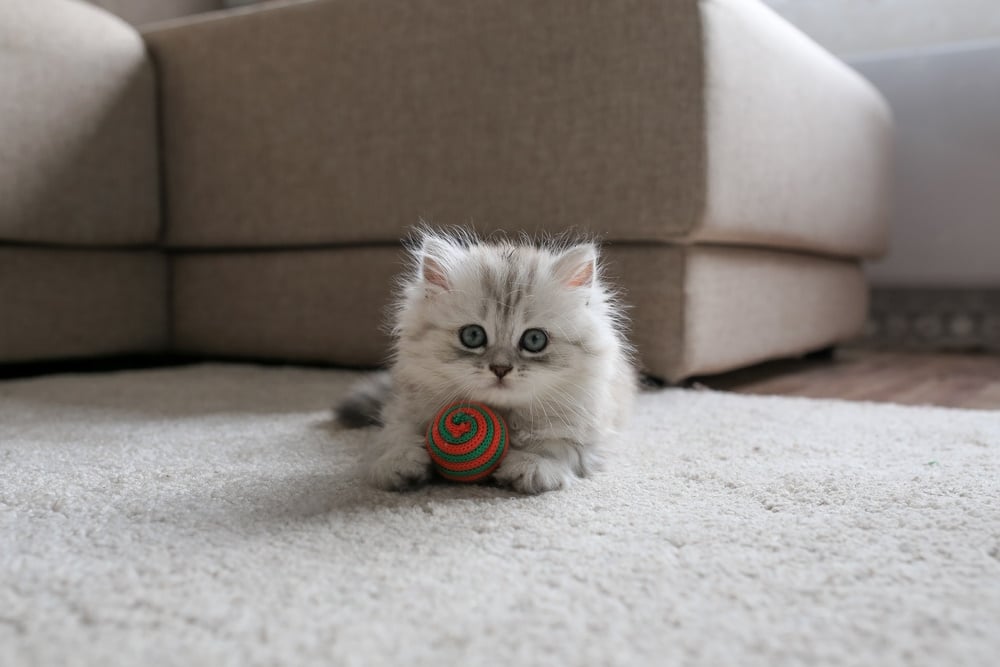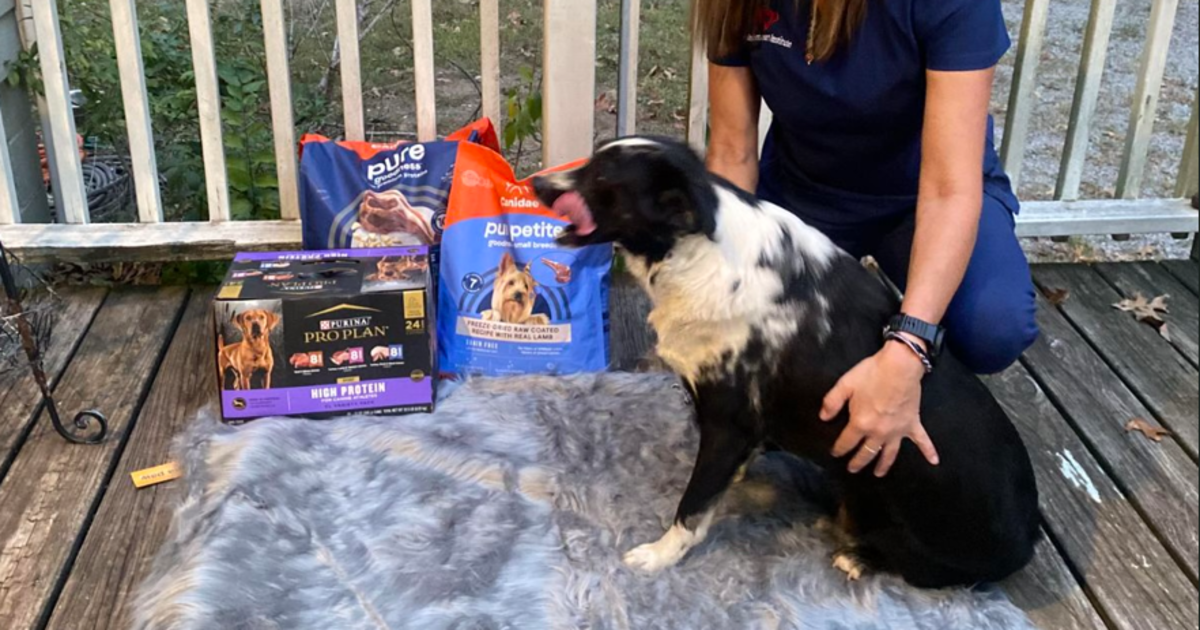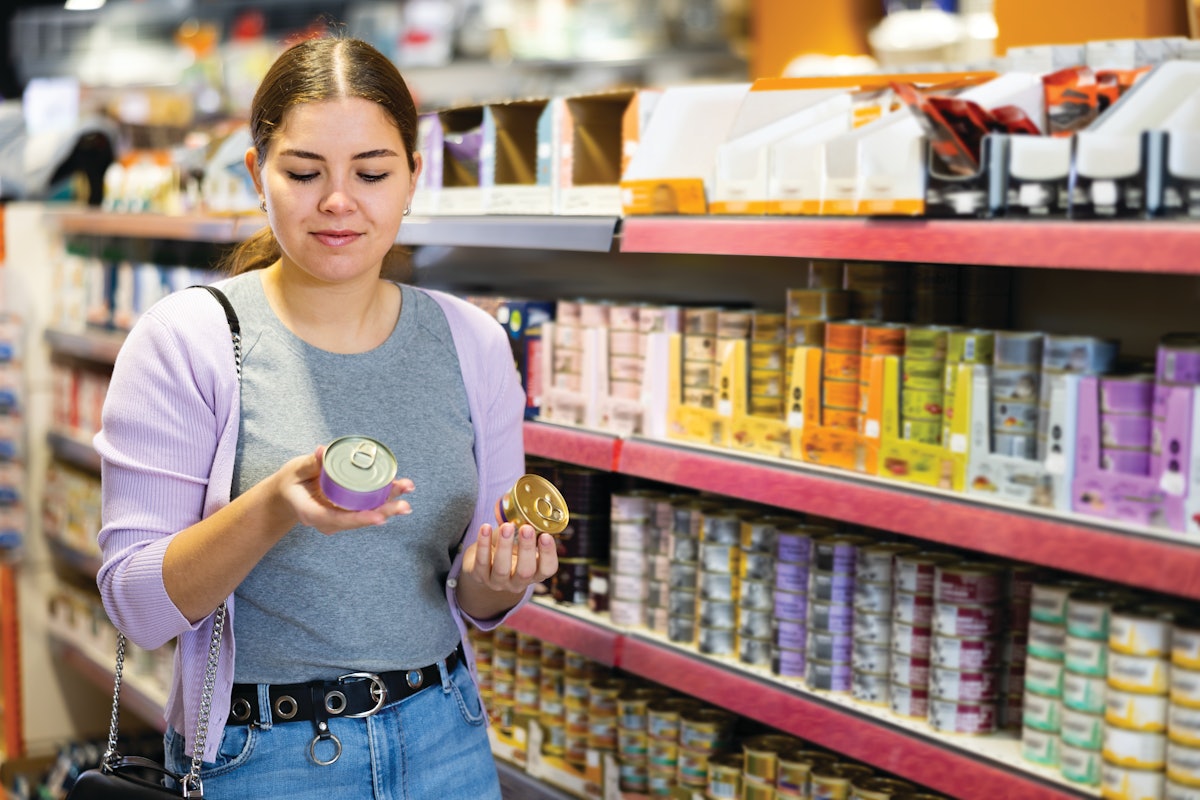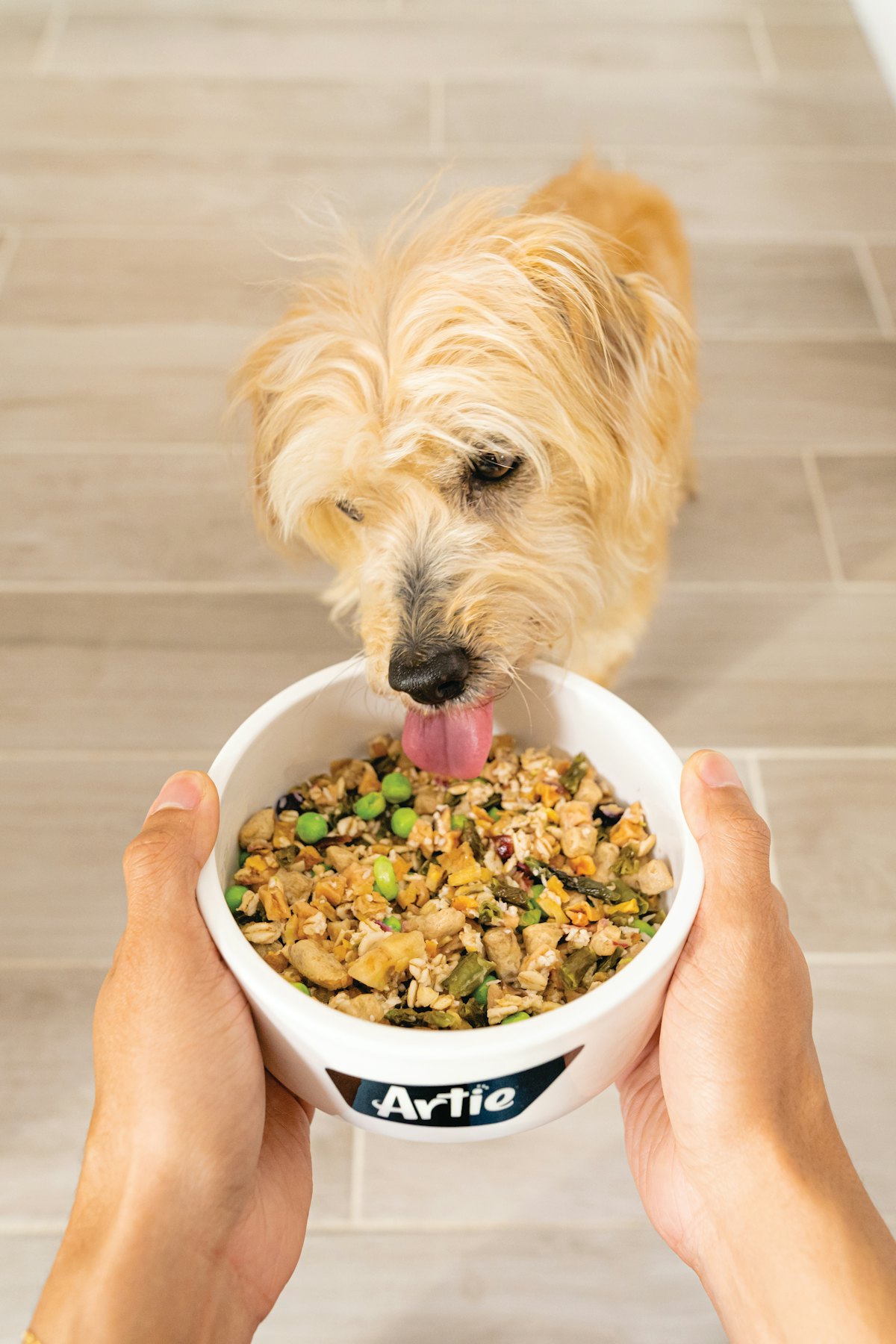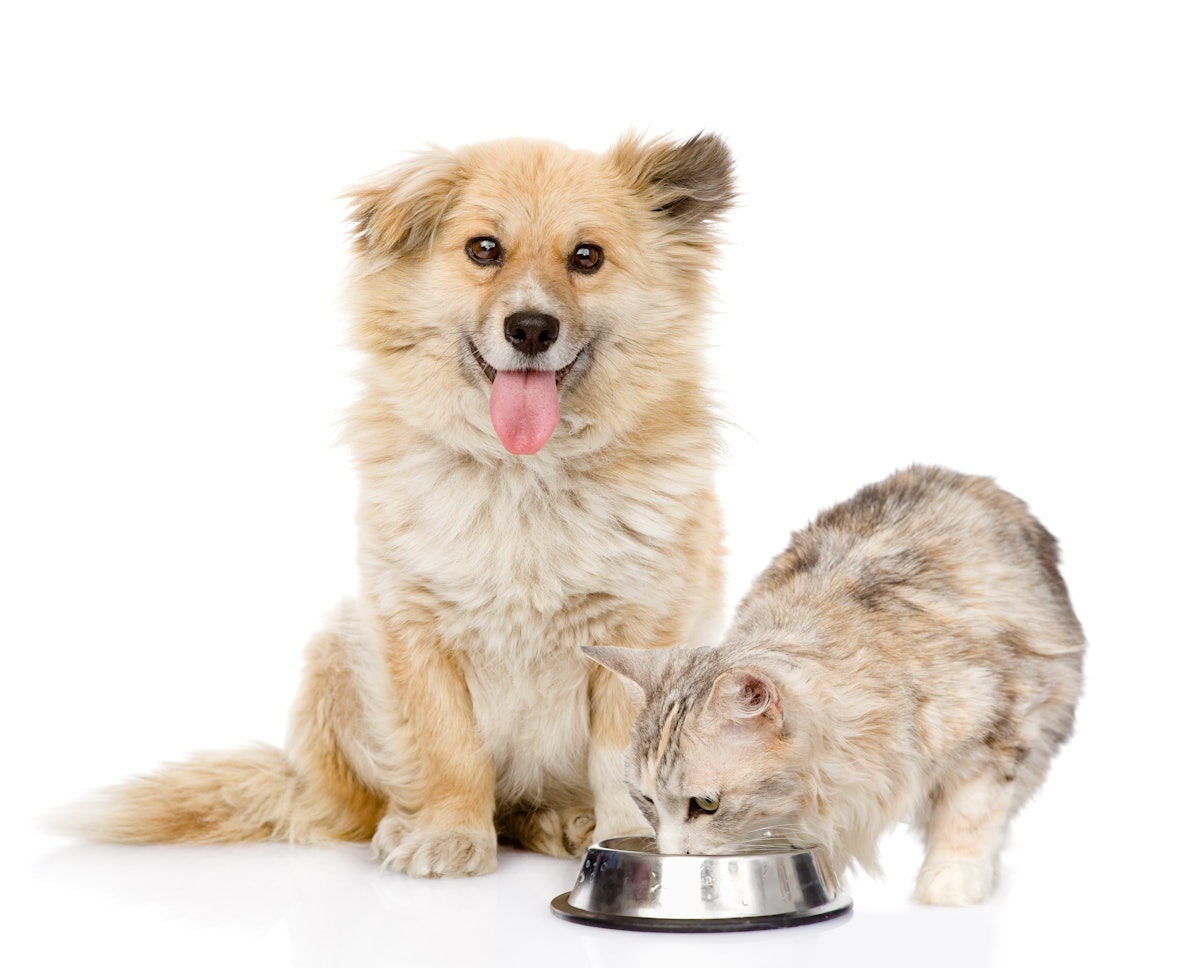
U.S. dog and cat food sales increased 11% in 2023 over 2022, according to Packaged Facts, reaching US$51 billion and marking the fourth consecutive year of double-digit growth. That’s the good news, at least for the industry. The bad news, which falls mainly on pet owners buying all that dog and cat food, is that the most recent sales increase happened almost entirely because of retail price inflation, Packaged Facts says.
While pet food inflation in the U.S. started falling about mid-year 2023 and continues to decline — the year over year (YOY) inflation rate for December was 5.1%, down from 5.6% YOY in November — prices are still 23% higher than in December 2019, before the pandemic. Nearly 92% of that 23% rise has happened since 2021, according to analysis from John Gibbons of PetBusinessProfessor.com. Hence the significant sales increases being due mainly to inflation.
The U.S. pet food producer price index for December 2023 was 6.6% YOY, unchanged from November, while the change since December 2019 is almost 29% — 21% since December 2021. On the bright side, as producer prices continue to decline, pet food retail prices likely will, too.
Comparison: Pet food inflation in a developing market
The U.S. is a highly developed pet food market, and the world’s largest. It’s interesting to compare its situation to that of a developing pet food region, Eastern Europe.
Countries in the region experienced soaring pet food inflation in early 2023, from 43% in Poland to 50% in Hungary. Experts worried that such increases, combined with a cost-of-living crisis for many consumers in those countries, would cause pet food demand to crater.
Yet that didn’t happen. Pet food inflation in Eastern Europe did start falling in the second half of 2023, according to Aleksandras Bacevicius, research analyst with Euromonitor International; but at the same time, consumer demand for pet food has remained strong. The cost of living seemed to have little effect, he said.
Pet care sales in Eastern Europe grew 5% in 2023, and while that included other products in addition to pet food, Bacevicius told writer Vladislav Vorotnikov that pet treats and mixers were strong contributors to the sales increase. In addition, average spending per pet in the region continued to rise in 2023, up 3% over 2022.
The pet population dynamic
Not surprisingly, the Eastern European countries experiencing the most pet food sale growth are also seeing at least slight increases in pet populations, too. Yet other countries there — Ukraine (for very understandable reasons), Slovakia, Romania and the Czech Republic — are still experiencing pet population declines.
That’s a connection point with the U.S. pet food sales and inflation scenario. The dog population is declining in the U.S., Packaged Facts says, stemming from recent economic factors, plus demographic ones that pre-date the pandemic. While a rise in cat population is helping offset the decrease on the dog side somewhat, the fact is that dogs tend to eat a lot more, and premiumization has long been more prevalent in dog food than in cat food. Cat food is starting to catch up in that latter regard, but dog food sales still account for 67% of the U.S. market.
Bottom line, pet food prices and sales depend on many other things than dog and cat mouths to feed, but that factor does have a significant impact.

